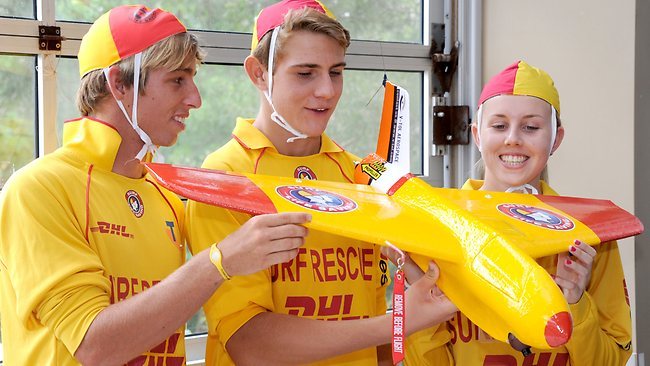-

Australia:- DP 1529US – UAS airworthiness framework
The unmanned aerial sector has been steadily growing in the background for over 15 years. Initially seen in the military, UAS are now increasingly used in a civil capacity to carry out various operations, often more cost effectively and with less safety risk to humans than conventionally piloted aircraft (CPA). It is expected that over…